Growing strawberries organically can be a rewarding experience. Here’s a comprehensive guide to help you cultivate these delicious fruits in your organic garden:
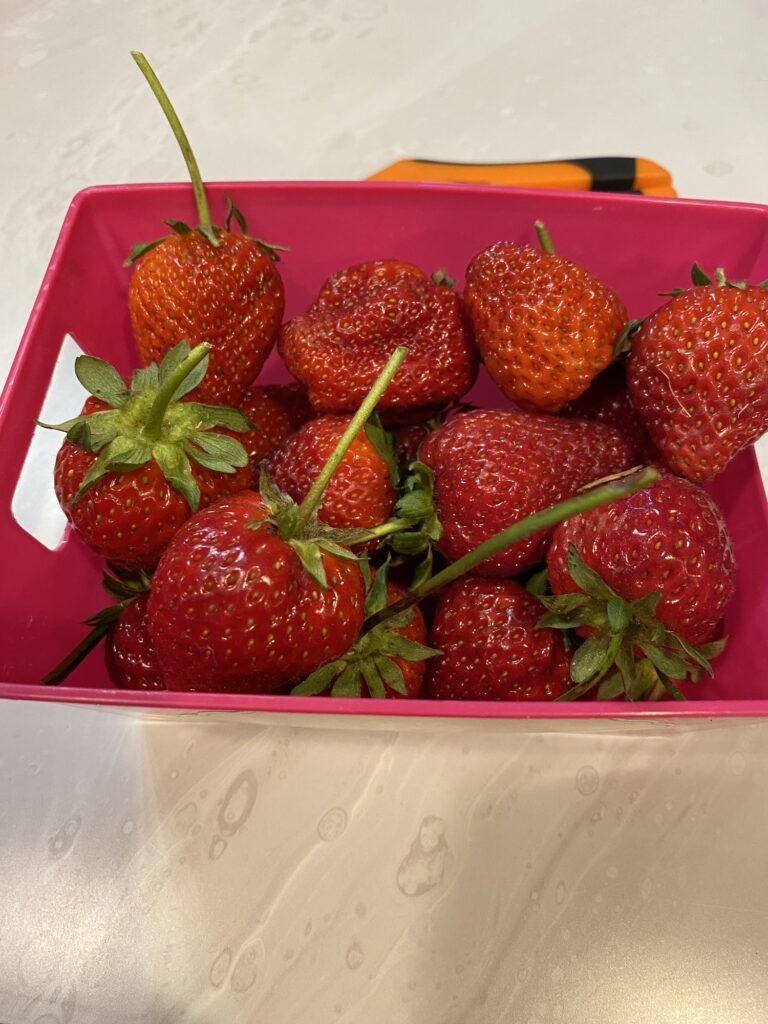
- Selecting Varieties:
– June-bearing varieties produce a single large crop in late spring to early summer.
– Everbearing varieties produce multiple smaller crops throughout the growing season.
2. Location and Soil Preparation:
– Choose a sunny spot with well-draining soil rich in organic matter.
– Prepare the soil by adding compost and aged manure to improve fertility and drainage.
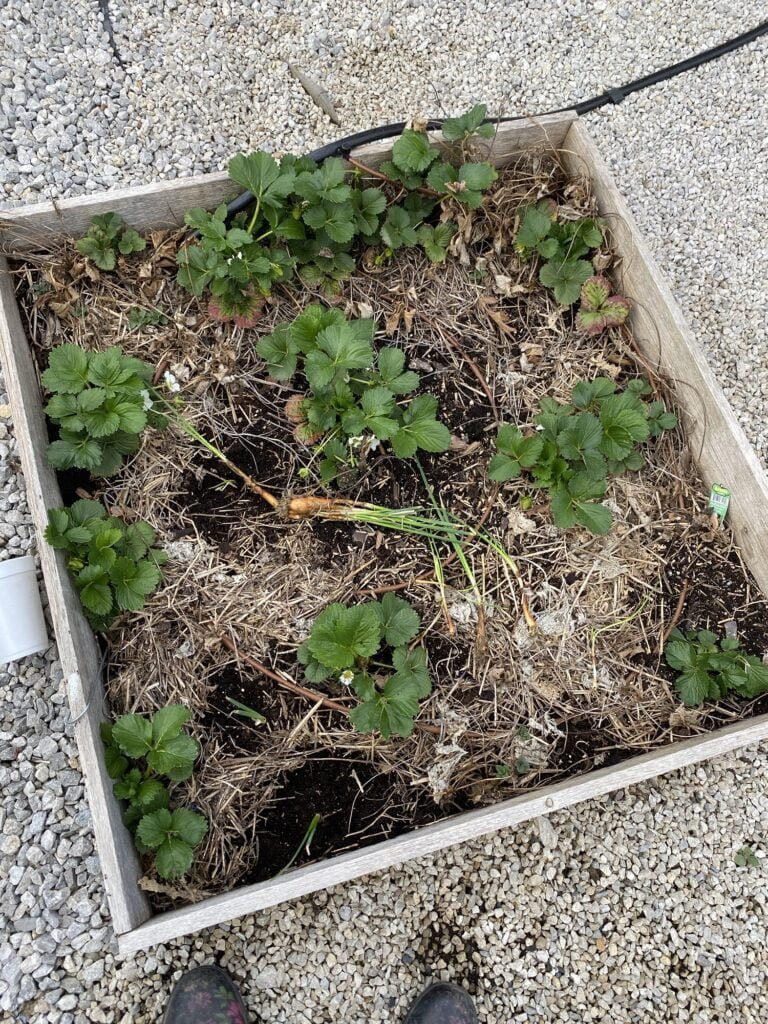
3. Planting:
– Plant strawberries in early spring or late summer, depending on your climate.
– Space plants about 12-18 inches apart in rows, with rows spaced 2-3 feet apart.
– Ensure the crown (where the roots meet the leaves) is at soil level.
4. Watering and Mulching:
– Keep the soil consistently moist but not waterlogged, especially during fruit development.
– Mulch around plants with straw or shredded leaves to suppress weeds and retain moisture.
5. Fertilizing:
– Use organic fertilizers high in phosphorus and potassium to promote flowering and fruiting.
– Avoid high-nitrogen fertilizers, as they can promote excessive foliage growth at the expense of fruit.
6. Companion Planting:
– Planting companion herbs like borage, thyme, and oregano can help deter pests and attract beneficial insects.
– Avoid planting strawberries near members of the brassica family (e.g., Broccoli, Brussels Sprouts, Cauliflower, Cabbage) as well as other berry types such as Blackberries, Boysenberries and Raspberries.
7. Pest Control:
– Handpick pests like slugs and snails.
– Use row covers to protect plants from birds and other animals.
– Companion planting and maintaining healthy soil can also help deter pests.
8. Disease Prevention:
– Remove and destroy any infected plant material promptly.
– Provide good air circulation by spacing plants adequately.
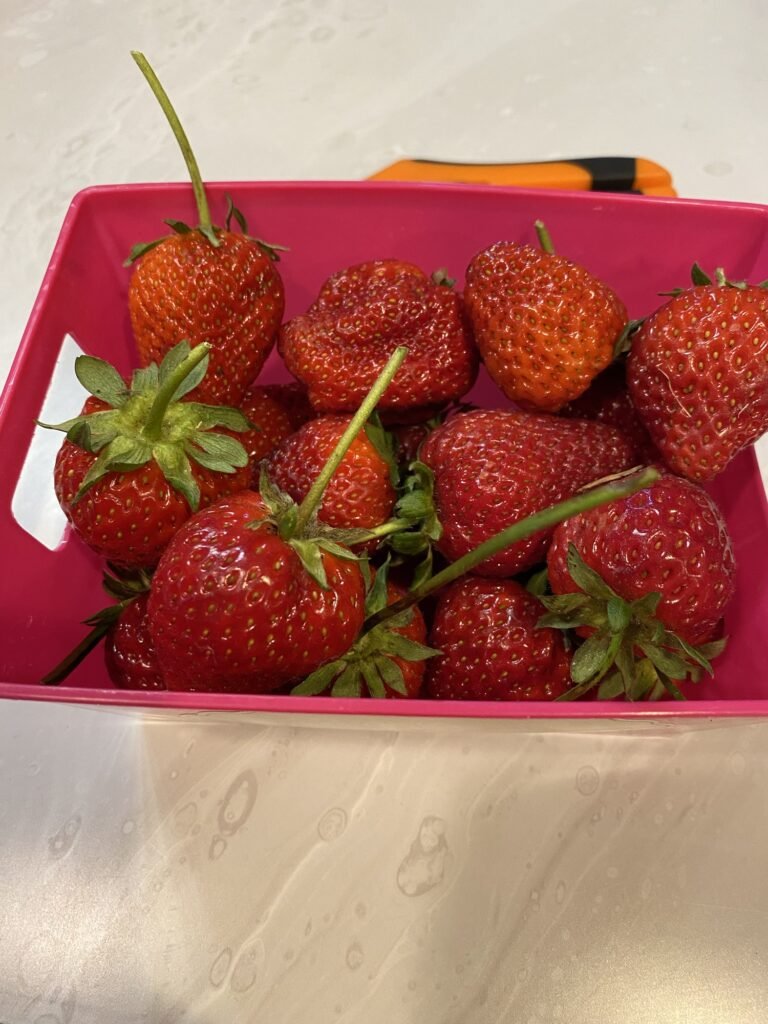
9. Harvesting:
– June-bearing strawberries are typically ready for harvest in late spring to early summer.
– Everbearing strawberries produce smaller harvests throughout the growing season.
– Harvest ripe strawberries by gently twisting them off the stem, being careful not to damage the plant.
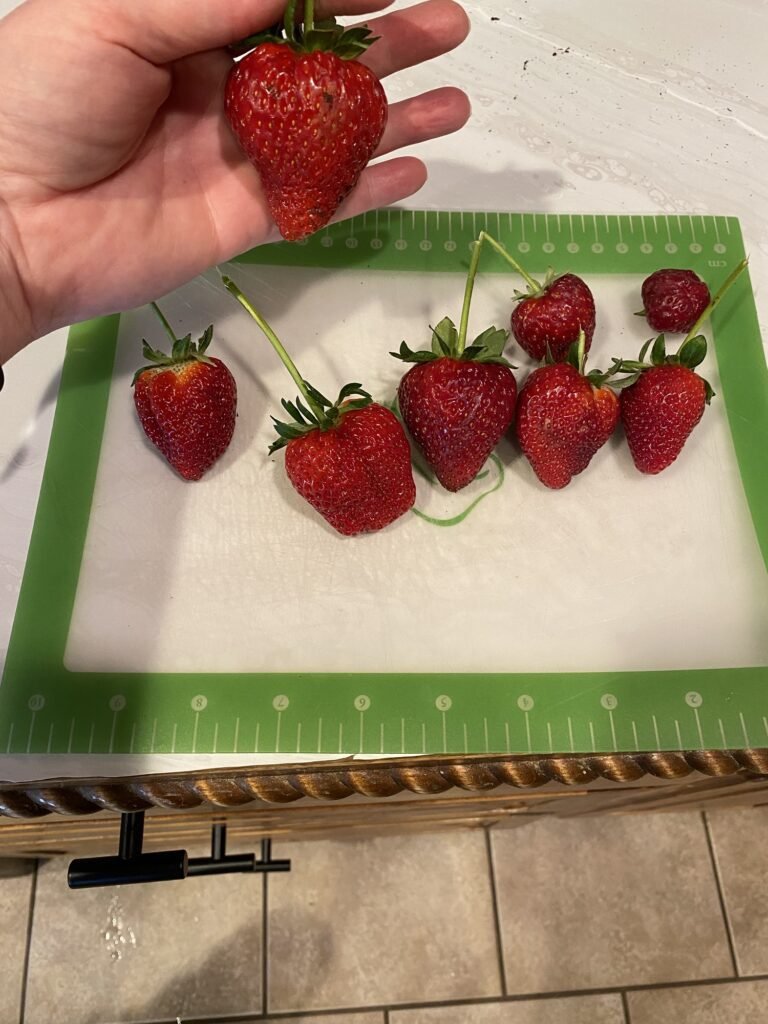
10. Propagation:
– Strawberries can be propagated through division, runners, or seeds.
– To propagate through runners, allow them to root in soil or containers attached to the parent plant. Once rooted, you can separate them from the parent plant and transplant them elsewhere.
11. Winter Care:
– Mulch around plants with straw or leaves in late fall to protect them from freezing temperatures.
– In colder climates, you may need to cover plants with row covers or cloches to provide additional protection.
By following these guidelines, you can enjoy a bountiful harvest of organic strawberries from your garden while promoting soil health and biodiversity.

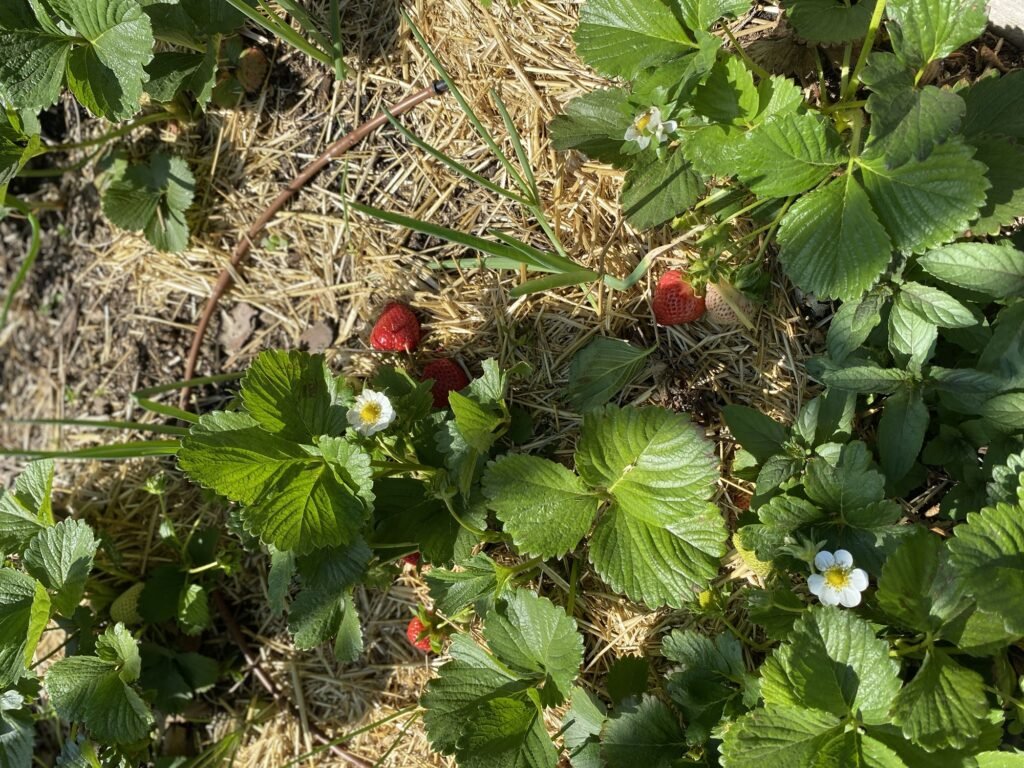
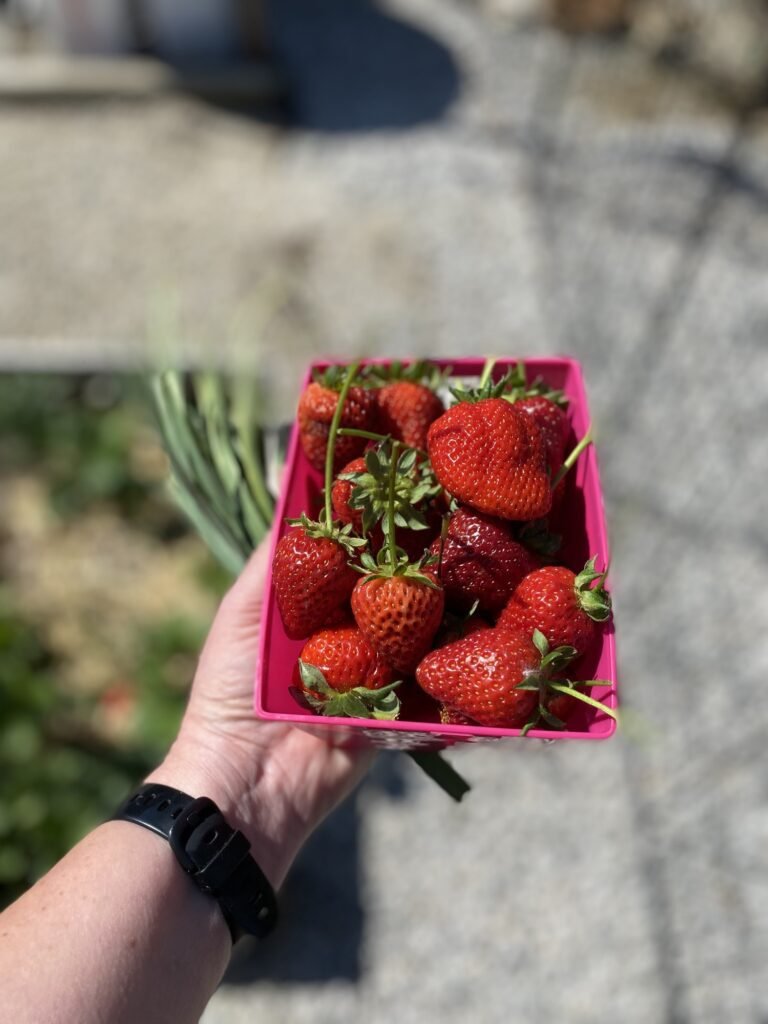
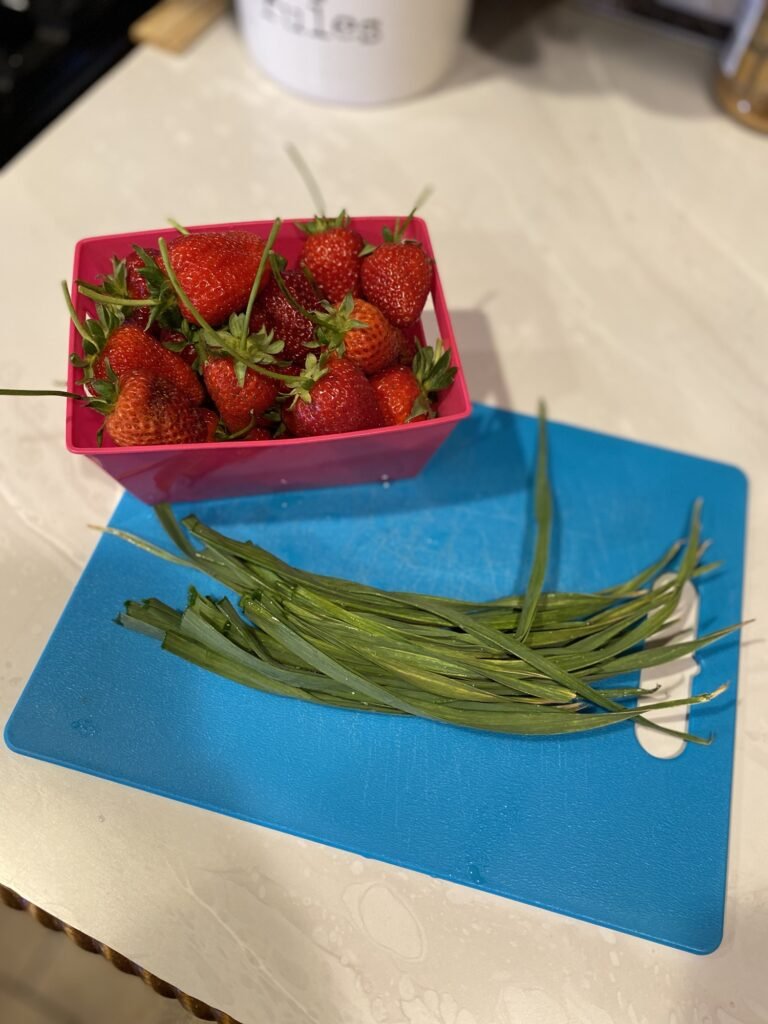

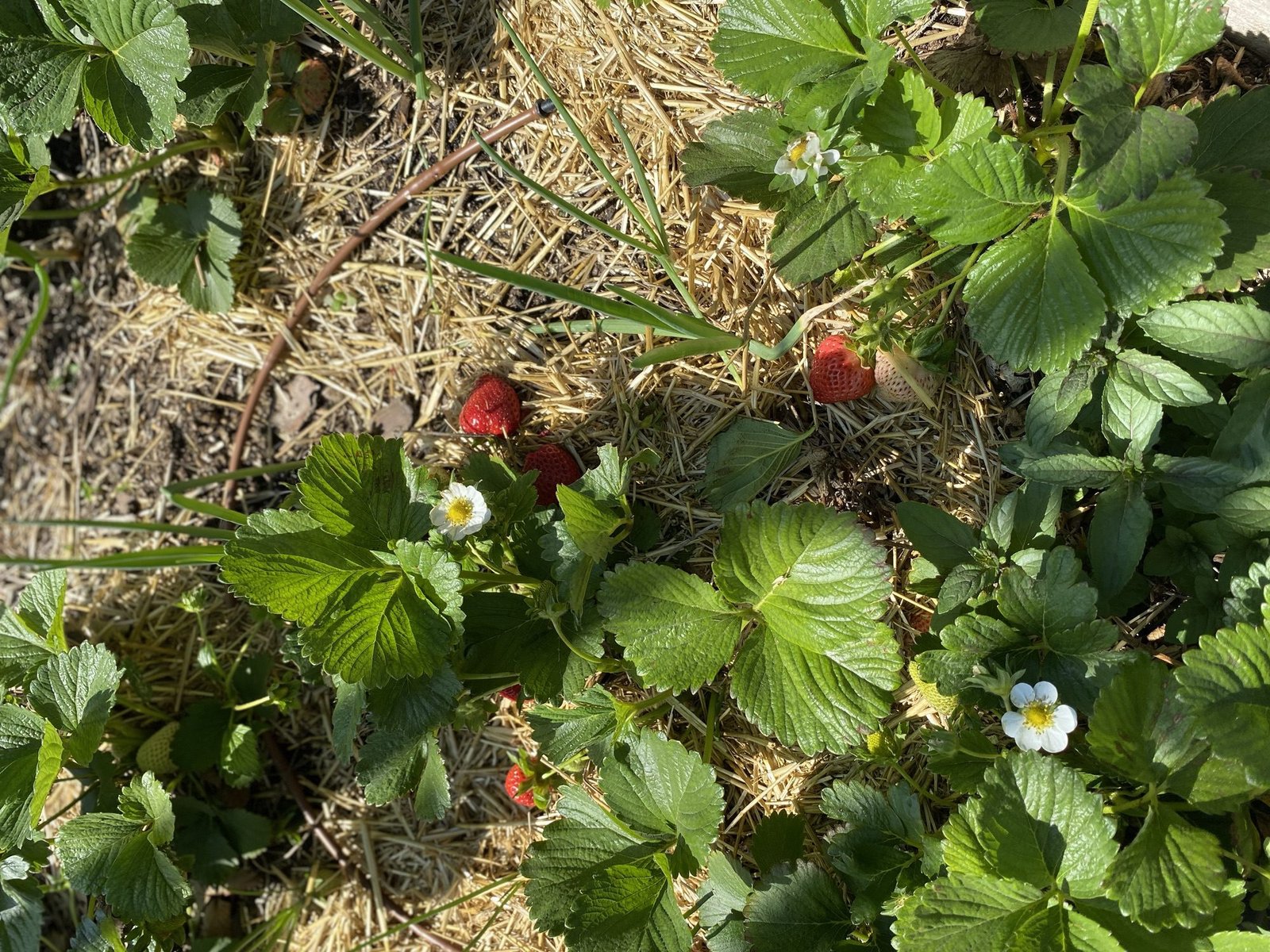
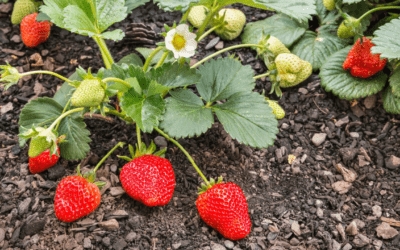

0 Comments